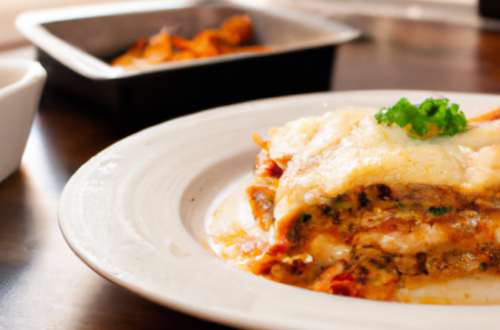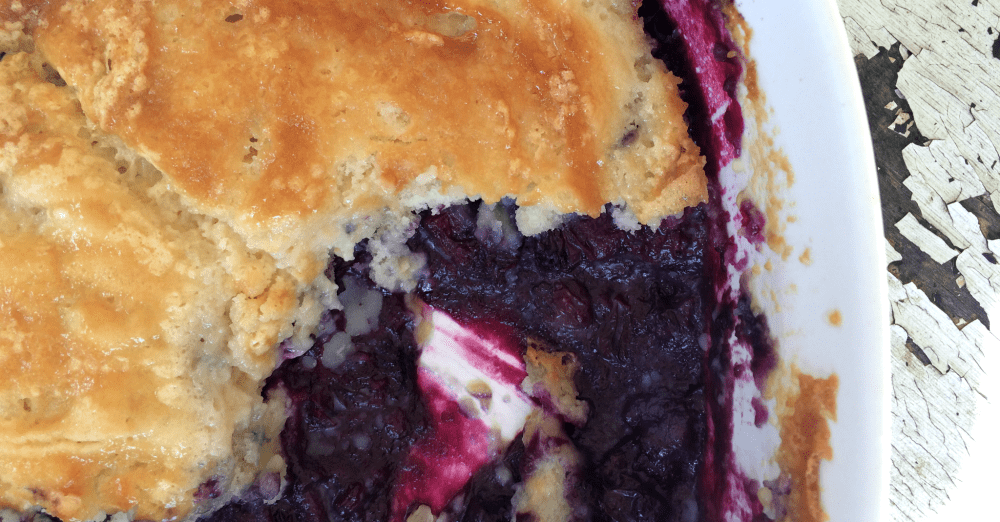Last updated on February 18, 2014 by Liza Hawkins
This sponsored post was written while participating in my partnership with National Dairy Council and One2One Network, but as always, all opinions are my own.
If you’ve been reading my blog for any time at all then you know I love dairy. Between being a Stonyfield ambassador for three months, to making cheesecakes, cream sauces, scalloped potatoes and all sorts of savory cheesy dishes, you’d never guess that I grew up in a house with a dad who was lactose intolerant.
February is Lactose Intolerance Awareness Month
Lactose intolerance is a type of food sensitivity and it is not the same thing as a cow’s milk allergy. People who are lactose intolerant don’t naturally make enough lactase, the enzyme that breaks down lactose (a sugar naturally found in milk).
For someone with lactose intolerance, using traditional cow’s milk products can cause digestive issues, in the form of…well…these symptoms:
But, here’s the good news! Unlike a milk allergy, people with lactose intolerance don’t have to give up dairy as part of their diets! Thirty years ago when I was young and my dad’s lactose intolerance was at its peak, we never ate meals made with dairy unless we had lactose-free milk in the fridge. My mother would make mashed potatoes and substitute water or chicken broth instead of milk or cream.
Incidentally, mashed potatoes made without milk or cream are just not the same. Not horrible, but not the same. Just sayin’.
Back in the early ’80s there wasn’t as much publicly available and accessible information about lactose intolerance. It wasn’t simple to get to without having the internet just a keystroke away. So my dad avoided ALL the dairy. It was just easier.
Now what?
Fast-forward 30 years. Having things like Lactose Intolerance Awareness Month: 28 Days of Eating Confidently, Living Fully promoted by people like me helps to spread the word, in addition to having a wealth of resources available on the web. Even though you have lactose intolerance, there are still dairy options that are not only made from real cow’s milk (both organic and conventional), but that also taste great.
National Dairy Council provides these tips for dealing with lactose intolerance – find what fits best into your lifestyle!
- Try It. Opt for lactose-free dairy milk and milk products. They are real dairy milk products, just without the lactose. They taste great and provide the same nutrients as regular dairy foods.
- Sip It. Start with a small amount of milk daily and increase slowly over several days or weeks to determine tolerance.
- Stir It. Mix milk with other foods, such as soups and cereal/oatmeal; blend with fruit or drink milk with meals. Solid foods help slow digestion and allow the body more time to digest lactose.
- Slice It. Top sandwiches or crackers with natural cheeses such as Cheddar, Colby, Monterey Jack, mozzarella and Swiss. These cheeses contain small amounts of lactose.
- Shred It. Shred your favorite natural cheese onto veggies, pastas and salads. It’s an easy way to get the nutrients and benefits of dairy and it contains minimal amounts of lactose.
- Spoon It. Enjoy easy-to-digest yogurt. The live and active cultures in yogurt – both regular and Greek style – help to digest lactose.
My father had surgery for diverticulitis about five years ago. After that surgery, he slowly started eating the dairy foods he’d been avoiding since he was 20-years old, when the symptoms of lactose intolerance first reared their ugly head. No reaction. NO REACTION!
Coincidence? Related? We don’t know; however, we DO know it’s not an issue for him any longer. He pretty much eats any kind of dairy whenever. Lactose and all!
Drink ALL the milk!
This sponsored post was written while participating in my partnership with National Dairy Council and One2One Network, but as always, all opinions are my own.





